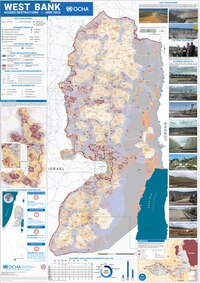
Photo from wikipedia
Abstract A wide variety of settlement systems exist, ranging from small villages to large metropolises. However, spatial analyses are typically confined to the mere presence or absence of built-up land… Click to show full abstract
Abstract A wide variety of settlement systems exist, ranging from small villages to large metropolises. However, spatial analyses are typically confined to the mere presence or absence of built-up land and the changes therein, while more subtle differences between various settlement systems are ignored. In this paper we study the spatial distribution of Chinese settlements in terms of their built-up land, cluster density and cluster size, as well as their changes between 1990 and 2010. Subsequently, we use these three properties to delineate settlement systems, and analyze the observed change trajectories between 1990 and 2010. We find that roughly 70% of all built-up land and more than 50% of all new built-up land added between 1990 and 2010 is included in village landscapes, which challenges the current focus on studying mega-cities. We also find that settlement changes mostly follow small and incremental steps towards more dense urban systems, following multiple different development trajectories. Specifically, rural villages seldom convert into urban systems directly, but typically increase gradually to towns and sub-urban landscapes. Settlement systems provide a first step towards a comprehensive understanding of human settlements and their change trajectories, which can inform targeted land use planning and the development of policies that more explicitly accounts for diversity in settlement types.
Journal Title: Habitat International
Year Published: 2019
Link to full text (if available)
Share on Social Media: Sign Up to like & get
recommendations!